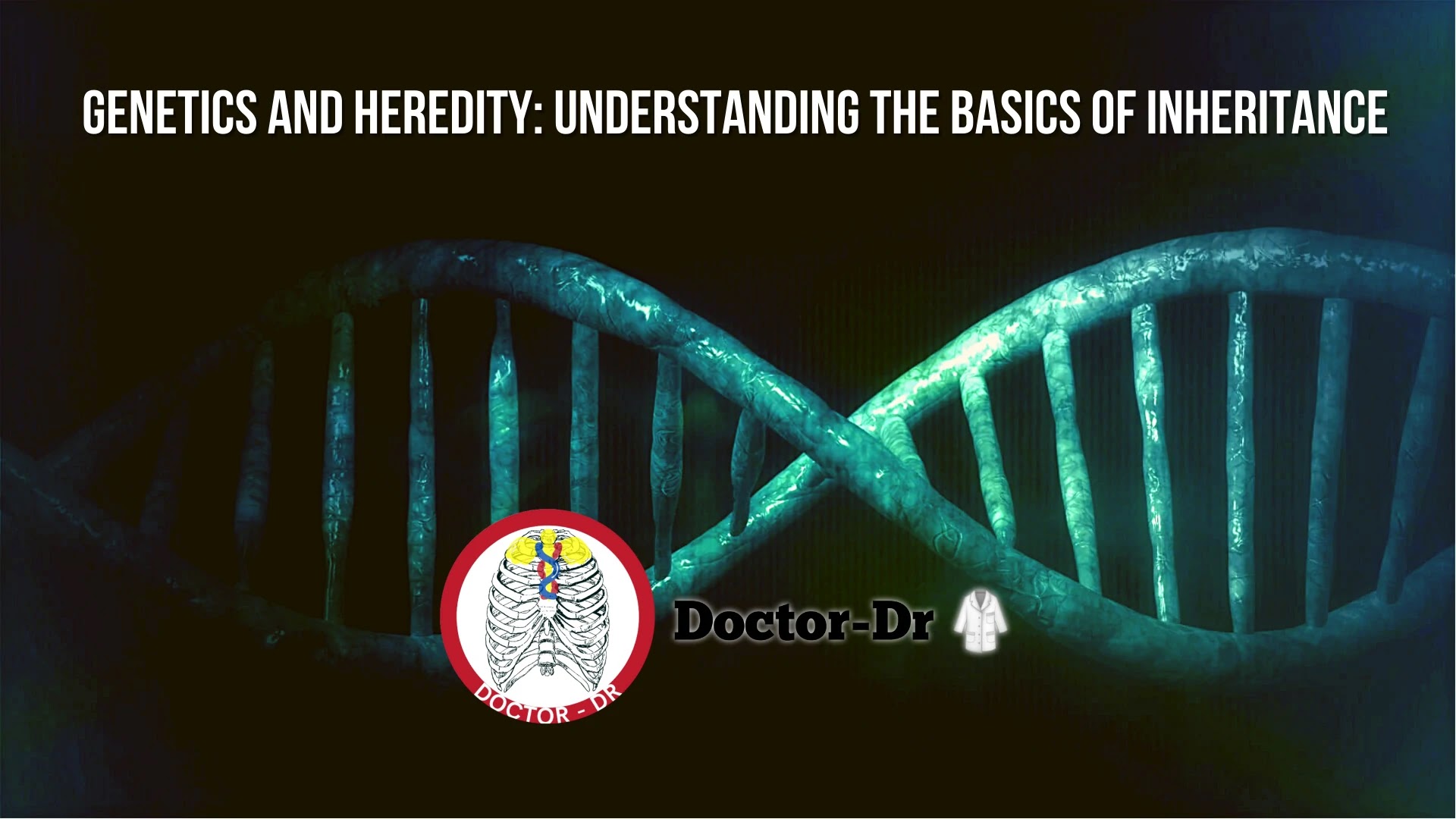The Structure of DNA
DNA, or deoxyribonucleic acid, is a long, double-stranded molecule that carries genetic information. It is made up of four nucleotide bases: adenine (A), thymine (T), cytosine (C), and guanine (G). These bases pair up in a specific way: A always pairs with T, and C always pairs with G. The sequence of these bases determines the genetic code.
The DNA molecule is shaped like a twisted ladder, with the nucleotide bases forming the rungs and the sugar-phosphate backbone forming the sides. The two strands of the DNA molecule are held together by hydrogen bonds between the base pairs.
The Central Dogma of Molecular Biology
The central dogma of molecular biology describes the flow of genetic information from DNA to RNA to protein. DNA is transcribed into RNA, which is then translated into protein. Proteins are the building blocks of cells and perform a wide variety of functions in the body.
The Laws of Inheritance
The laws of inheritance describe how traits are passed down from one generation to the next. There are two main laws of inheritance: the law of segregation and the law of independent assortment.
The law of segregation states that each individual has two copies of each gene, one from each parent. These two copies separate during the formation of gametes, such as sperm and eggs. This means that each gamete only carries one copy of each gene.
The law of independent assortment states that the inheritance of one gene is not influenced by the inheritance of another gene. In other words, the alleles for different genes are inherited independently of each other.
Mendelian Genetics
Mendelian genetics refers to the principles of inheritance first described by Gregor Mendel in the 19th century. Mendel studied the inheritance of traits in pea plants and developed the idea of dominant and recessive alleles.
Dominant alleles are expressed in the phenotype when present, while recessive alleles are only expressed when two copies are present. For example, in pea plants, the allele for purple flowers is dominant over the allele for white flowers. If a plant has one copy of the purple allele and one copy of the white allele, it will have purple flowers because the purple allele is dominant.
Human Genetics
Human genetics is the study of how traits are inherited in humans. Humans have 23 pairs of chromosomes, with one set inherited from each parent. Each chromosome contains many genes, which determine traits such as eye color, hair color, and height.
Human genetics can be used to study a wide range of topics, including the genetic basis of disease, the evolution of humans, and the ancestry of different populations.
Conclusion
Genetics and heredity are fascinating fields of biology that have helped us understand how traits are passed down from one generation to the next. From the structure of DNA to the laws of inheritance, there is still much to learn about the molecular basis of life. By studying genetics, we can gain insights into the diversity of life on Earth and the forces that drive evolution.



~1.webp)
.webp)
.webp)
